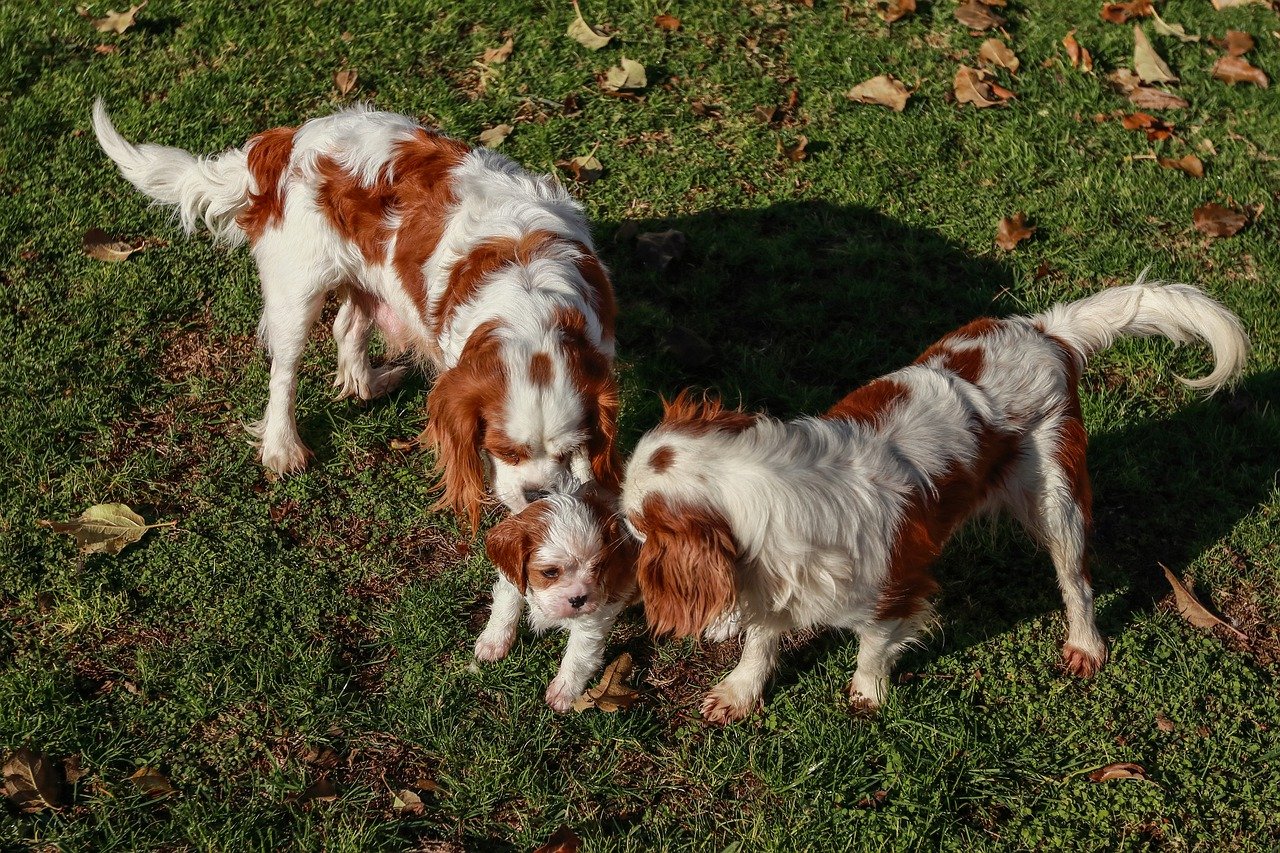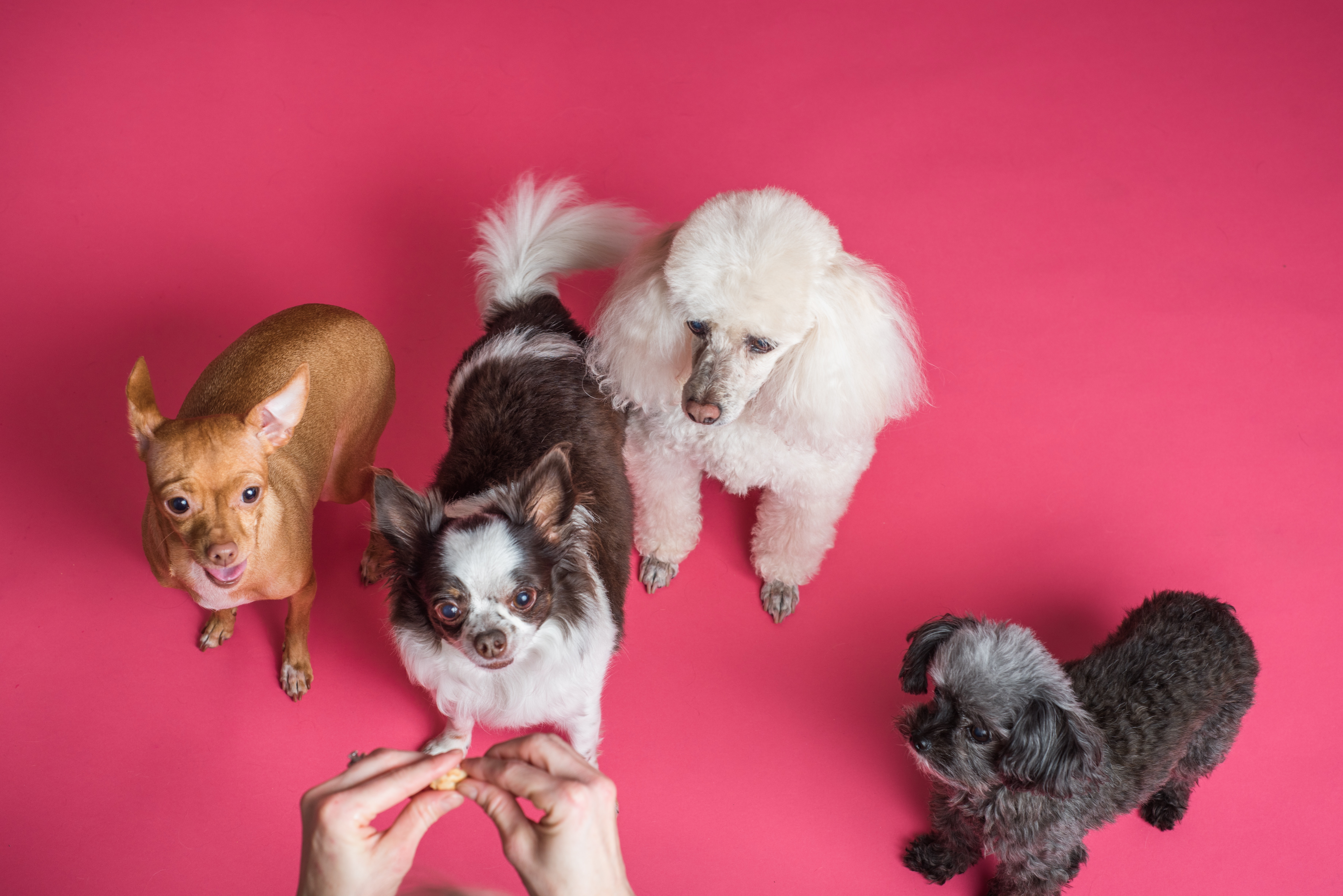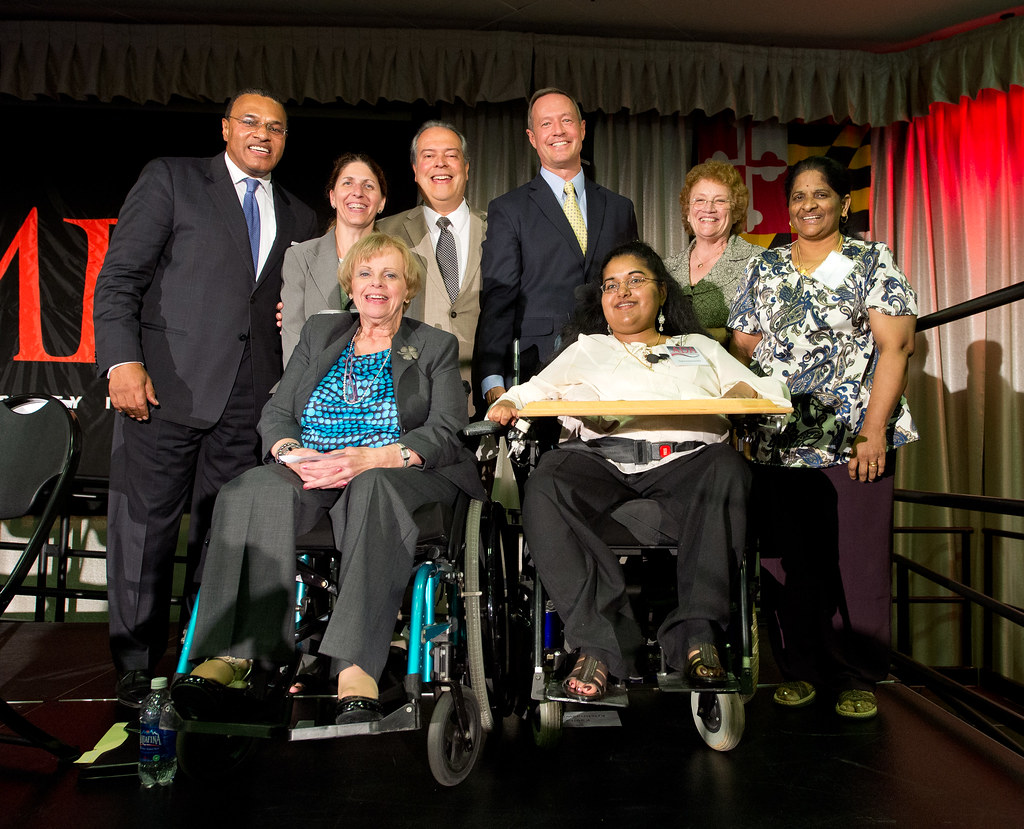- 1. Know Your Dog’s Temperament and Body Language
- 2. Make a Schedule / Set a Routine
- 3. Management
- 4. Equipment while Outdoor
- 5. Equipment at Home
- 6. Make Your Dog Get Used to the Trigger (At a Safe Distance)
- 7. Change Your Dog’s Attitude
- 8. Avoid the Triggers
- 9. Visual Block
- 10. Exercises
- 11. Mental Stimulation
- 12. Play a “Find It” Game With Your Dog
- 13. Train “Focus” Commands
- 14. Resource Guarding
- 15. Leash Training
- 16. Redirect Your Dog’s Attention
- 17. Always be Prepared
- 18. Find Your Dog a Hobby
- 19. Make Your Dog Feel Safe
- 20. Do Not Keep Your Dog Isolated
- 21. Be Patient
- 22. Be Consistent
- 23. Pay Attention to Your Dog
- 24. Consult a Trainer/ Training Organization
- 25. Enroll in an Online Course
- 26. Do Not Use Negative Reinforcement
- 27. Never Forget to Praise Your Dog
- 28. Recognize Health Conditions
- 29. Respect Your Dog’s Needs
- 30. Mouthing vs Reactive Behavior

Many dog owners face different types of behavioral issues that their beloved paw friends cope with. These may vary from excessive barking, to pulling on a leash, difficulties to stay focused, separation anxiety...etc. One of the most serious behavioral problems, that concern a lot of owners, is a dog’s aggression and reactivity, and the inability of the animal to keep their tempter.
While aggression can be caused by fear, frustration, pain or guarding valuable resources like food, territory or beloved family member. Reactivity, on the other hand, is considered overreaction to different stimuli and is usually caused by insufficient training, socialization, a strong negative experience or lack of self-control. Sometimes reactive behavior may turn into aggression.
How to deal with reactive and aggressive dogs and what approaches can be used to correct these types of behavior is an important topic that we would like to pay attention to. We will provide you with easy and effective techniques in regard to this matter and you will also understand what things you should avoid doing when dealing with this behavioral issue.
The first and most important thing is knowledge. Knowledge of their temperament, behavior, body language. You can not conduct training or manage difficult situations without understanding what and how your dog wants to express through their body language and/or vocalization.
1. Know Your Dog’s Temperament and Body Language
Paying attention to your dog’s body language will provide you with essential information about what they love, what they are scared of, what makes them anxious...etc. The communication and interaction between you and your paw friend can be effective only if you know each other. Signs of over-confidence that may turn into aggression, are easy to recognize on by the dog’s tense body posture. Their tail is likely to be raised and stiff, hackles on the back may also be raised, their teeth may be bare with the gums visible, pupils dilated, ears may be both pulled back along the heard or forward. Happy and relaxed dogs, on the other hand, have a loose posture, their tails are wigging.
2. Make a Schedule / Set a Routine
Making a schedule is important for our pets, as unlike many humans they enjoy routine. Knowing that every morning they will be walked outside, will spend playtime with their beloved human will be fed...etc., provides them with a feeling of safety. If you implement routine in your dog’s daily life, it is likely to be interpreted as an event that gives them the ability to predict what will happen. Hence, their anxiety is likely to decrease and they may become calmer and more confident.
3. Management
We would like to make a difference between management and training. Both terms are essential for developing good habits in your dog, however, they are not the same. Training has long-term goals, as correcting behavior, developing new one and changing attitude to certain objects, people, events, may need long time. Management, on the other hand, is the ability to handle a situation that occurs immediately. Lets take a look at a simple example- your dog loves chewing on your slippers. In order to manage this situation, you can just hide the slippers in a place that your dog has not access to. If your wild pup barks through the window, when spotting a fast moving car, you can just place them in a different room, or let the curtains down. Management can be considered the best way to handle and/or change the environment as needed.
4. Equipment while Outdoor
Putting proper equipment on your reactive dog, i.e. gentle leader or harness, may help you when going for a walk. The gentle leader is likely to be helpful if you need to redirect your dog’s head, and the commands you are giving are not working. This device is placed on the back of the head and is not likely to exert pressure on their throat. A harness is another device that can spare you a lot of problems during walks. Some types of harnesses clip in the front of the dog, which will discourage them when trying to pull.
5. Equipment at Home
Useful equipment that you you may benefit from is dog’s crate. Although using crate is still kind of controversial, and many owners consider it unnecessary and too harsh, it has actually many advantages. When introduced properly, crate is likely to be associated with quality relax time, favorite toys, delicious treats and most important- own space, where your furry friend will enjoy their favorite activities after a long walk. Moreover, you will be able to transport your dog easily, if you need to take them to the vet or if you move to a new home. The reactive behavior of your dog is likely to decrease.
6. Make Your Dog Get Used to the Trigger (At a Safe Distance)
In many cases dogs show reactive behavior, as they are scared. Once you find out what factor in the surrounding triggers your dog’s anxiety and fear, make them get used it. Of course, some triggers like very loud noises (fireworks, thunder) are too strong and your canine is not likely to start feel comfortable with them. However, if we are talking about a certain object or place, your dog is unfamiliar with, they may show reactive behavior first. The more familiar the dog is with that “thing”, the calmer they are likely to be when nearby. When applying this approach, make sure that you expose your canine to the triggers at a safe distance. Understanding your dog body language and threshold are crucial in this case.
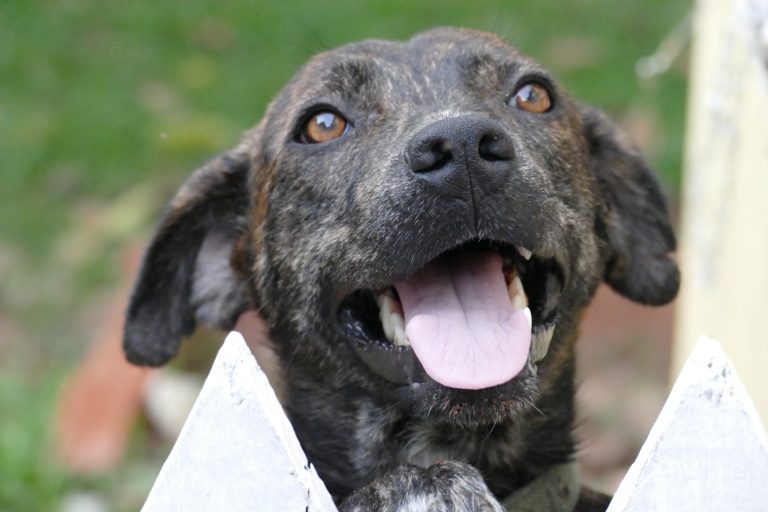
7. Change Your Dog’s Attitude
This step is the logical extension of step 6. Once your dog is acquainted with the factors that trigger a negative behavior, you need to change their attitude. You need to use positive reinforcement like treats or toys, depending on your dog’s preferences. Timing is essential, as your canine needs to start associating the reward you give them with the trigger. If you give them treats or favorite toys after a few minutes they are not likely to make the connection. After several repetitions your canine may no longer have negative attitude to the trigger.
8. Avoid the Triggers
As mentioned in step 6. some triggers are too strong and your canine may not be able to get used to them. In this case the simplest thing you can do is to avoid them. If you know that there is noisy celebration in the neighborhood, you may not want to go for a walk with your doggy there.
9. Visual Block
To block the ability of your dog to notice and pay attention to the trigger, is an easy and effective way to prevent them from overreacting and showing bad behavior. Move the object so your dog will not be able to see it or change the route if you are on walk. Regardless of the location- indoor or outdoor, the visual block will always work.
10. Exercises
Physical exercises are needed, so that your canine not only stays fit, but also spend the excessive amount of energy. After various interactive games your dog way want to rest and relax. No tired dog who spent many hours playing, will have energy to bark or pull.
11. Mental Stimulation
Mental stimulation is also very important for the wellbeing of our paw friends. It keeps them busy and engaged in an interesting activity, that will not let them time for misbehaving.
12. Play a “Find It” Game With Your Dog
When your dog spots another dog/cat or the object what triggers them, throw their favorite treats on the ground and give the command “find it”. Of course, you will need to train this game at home first and in a distraction-free environment, before playing it around other dogs or triggers of any kind. Once your dog learns to play this game, they will be likely to pay attention to the food on the ground instead of the surrounding.
13. Train “Focus” Commands
This tip is one of the most effective tips that will help you correct your dog’s behavior in long-term. Similar to the tip above, you need to start with the training at home, in an environment free of distractions. You should train your canine the “Watch me” and the “Look at Me” command. Once they make an eye contact, reward them. After a few sessions you can incorporate a clicker in the training process. When your canine looks at you, praise them and click to mark the good behavior. Then reward your dog. As mentioned above timing is crucial for training to succeed. Always reward your dog right after they performed the task.
14. Resource Guarding
Dogs are likely to guard their valuable resources like food, toys or favorite spot at home. In order to prevent your dog from any reactive behavior towards their favorite things, you should train them the “Leave it”, “Off”, “Drop”, “Out” commands. You can also exchange the object that your dog is guarding with another one that still will be of interest to them.
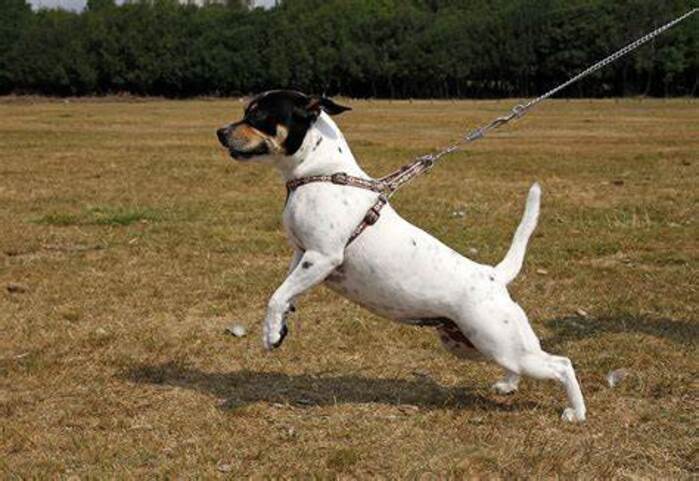
15. Leash Training
Leash training is another essential kind of training that will help you correct your dog’s behavior and teach them to walk calmly by your side. Knowing and fulfilling the “heel command” is highly recommended. The heel walking means that your canine will be at your left side, they will walk parallel to you with a distance of no more than six inches between you. The right side of your canine’s head will be lined up with your left leg. Leash training will ensure that your dog will behaves properly when outdoor. Once again you may need to start the training at home. Your canine may need time to adapt to the leash. You can start walking them in the house for several minutes, then increase the duration and change the location to a more busy and noisy one.
16. Redirect Your Dog’s Attention
When you walk your dog you need to know how to redirect their attention if a trigger occurs. Change the direction, or provide your dog with an object they enjoy playing with, or just call them by name. You do not have to turn around and go in the opposite direction. It would be enough to just go around the distraction.
17. Always be Prepared
Basically, you need to always have a plan that features different situations and possible ways to handle them. If you know that you are dealing with a behavioral issue of your dog, do not improvise. Be prepared for different scenarios.
18. Find Your Dog a Hobby
There are many different toys on the market- chewing toys, tug toys, puzzle toys...However, you can figure out your own games, that will help your dog stay in the “happy zone”. We would recommend that you end the playtime before your canine starts getting bored. They need to associate the game with something positive and not with something boring and annoying.
19. Make Your Dog Feel Safe
You can find a safe area in your home where your dog can stay for a while until the event that triggers them passes by. You can also use a warm blanket or your old T-Shirt that will bring positive emotions. Essential oils and classical music can also contribute to the positive atmosphere and increase the feeling of safety.
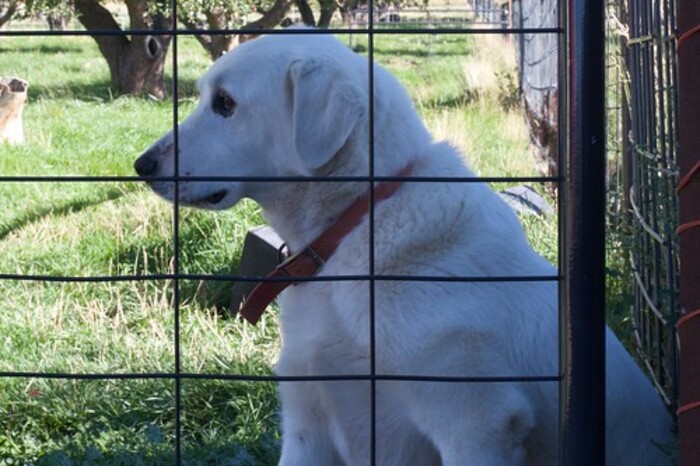
20. Do Not Keep Your Dog Isolated
Isolation will not solve the issue, actually it can make it worse. It is reasonable to not get too close to other animals or people before your dog is trained or you are able to manage the situation. Keeping a safe distance is necessary. However, isolation will make your dog feel more anxious and be even more aggressive. Addressing the issue and taking actions is the right thing to do.
21. Be Patient
As we stated in the beginning, management is something that offers immediate solutions. Training, on the other hand requires a lot of patience and understanding.
22. Be Consistent
Consistency is another key word here. To stay consistent when you engage in any activity means that the job half done.
23. Pay Attention to Your Dog
Do not let your dog feel neglected, as many behavioral issues may occur. Try to spend quality time with your beloved furry friend in order to provide them with love and care and also recognize any problems that may appear.
24. Consult a Trainer/ Training Organization
If you think that you will be unable to deal with the situation yourself, you can always ask for help and consult a professional. You can check the organizations near you, engaged in dog training and correcting reactive dogs’ behavior in particular.
25. Enroll in an Online Course
There are many course available online that will provide you with enough information and learning materials so that you can take the proper actions and apply the right training approaches.
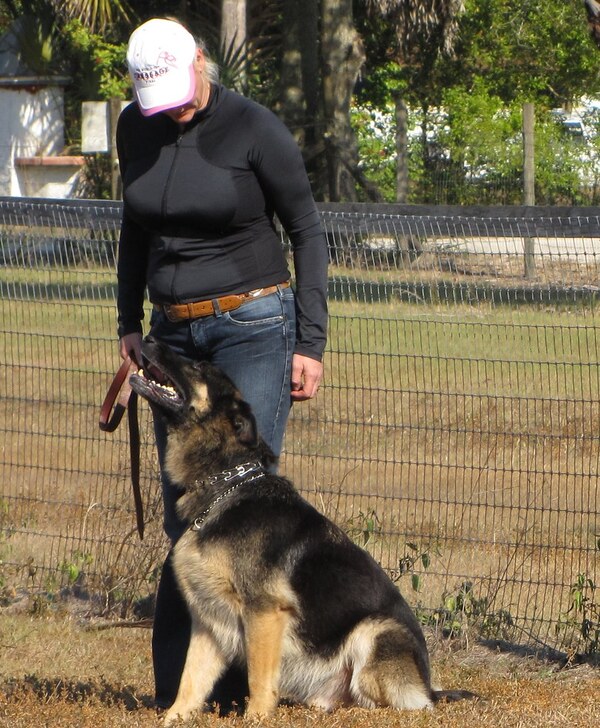
26. Do Not Use Negative Reinforcement
We highly recommend that you do not show any physical, or verbal aggression as well as devices like shock collars. These are likely to increase the negative experience and your canine can become even more violent.
27. Never Forget to Praise Your Dog
Praising and petting are considered conditioned reinforcement, as they are not directly related to basic needs like eating and sleeping. However, secondary (conditioned) reinforcement is also important and if used properly can replace the primary reinforcement. i.e. once you pair treats with praising/petting you will be able to replace the first one (treats) with the second one (praising/petting) over time.
28. Recognize Health Conditions
Your dog’s reactive behavior my be a sign that they are in pain. If your dog stars showing this behavior without any reason, you may need to take them to the vet for examination.
29. Respect Your Dog’s Needs
When dogs play it can get a little rough. Learn to make a difference between a reactive behavior and regular dog play.
30. Mouthing vs Reactive Behavior
Mouthing is puppies’ typical way of expression. They investigate the environment through their sense of smell and through mouthing. This is quite normal for dog at a young age. If your pup is too mouthy, they may be over-excited or stimulated. In this case they may need a break and time to calm down. If you want to prevent mouthing from turning into a behavioral issue in the future, you need to train your pup and socialize them while still young.


